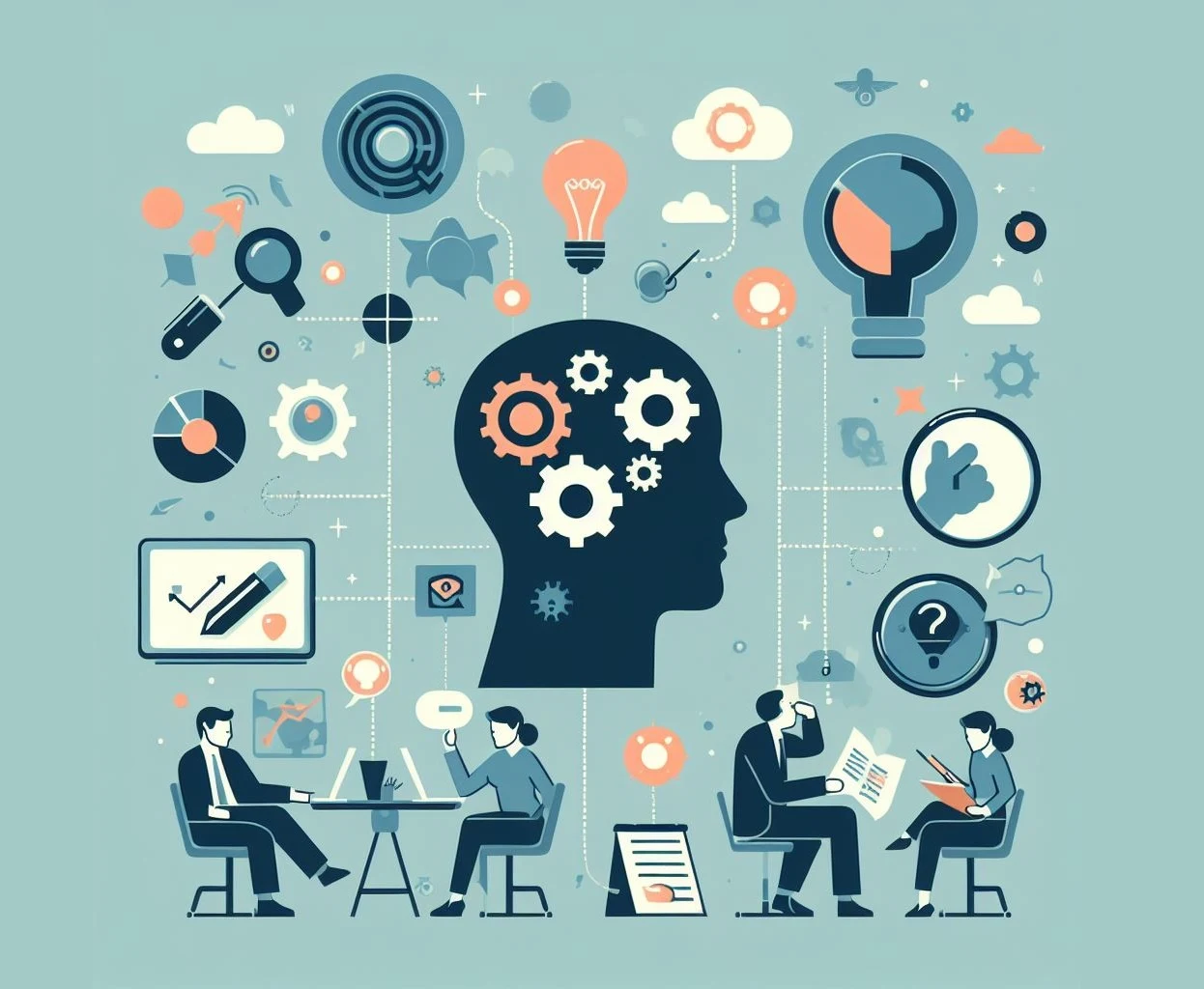Are you feeling overwhelmed by a complex project or big idea? Does your to-do list have you feeling scattered? When you're faced with a tangled mess of information, it can be hard to see the big picture and make progress. Enter the humble mind map with some paper and pens, this technique can transform chaos into clarity.
Image: DIW-AIgen
· Get the big-picture view of complex projects
· See relationships between ideas
· Identify gaps in your thinking
· Brainstorm new ideas and solutions
· Improve your focus and memory retention
Mind maps leverage the visual and spatial parts of your brain to improve learning, creativity, and organization. Studies show mind mapping can improve memory retention by up to 15% over conventional note-taking.
1. Start with your central idea or topic in the center of the page. This is the core concept you want to focus on.
2. Draw 4-6 branches stemming from the central concept to represent primary thoughts or categories.
3. Add secondary branches with related ideas that stem from the main branches.
4. Use keywords, images, colors, and symbols throughout the map. This engages your visual memory and creativity.
5. Connect different branches together to create links between ideas.
6. You can go as deep with branches and connections as you want - the key is to visually map everything out.
7. Once finished, review the mind map for insights and new connections. Does it reveal any gaps or areas needing development?
· Brainstorming sessions - map out thoughts and spur new creative connections.
· Research projects - connect sources, facts, and concepts visually. See how they relate.
· Project management - break down goals, tasks, and resources to see the big picture. Identify priorities and assign tasks.
· Strategic planning - map out objectives, SWOT analyses, options, and key decisions.
· Studying - connect course concepts visually for improved retention.
· Writing projects - map out the key themes, chapters, and connections in your book or article.
· Presentation planning - connect your core ideas and flow visually.
Pro Tip: Use mind map software like Miro for virtual collaboration and organization.
Image: DIW-AIgen
What Are Mind Maps?
A mindmap is a visual diagram that connects ideas, concepts, and information around a central topic using branches, colors, symbols, and words. By mapping out connections on paper, you can:· Get the big-picture view of complex projects
· See relationships between ideas
· Identify gaps in your thinking
· Brainstorm new ideas and solutions
· Improve your focus and memory retention
Mind maps leverage the visual and spatial parts of your brain to improve learning, creativity, and organization. Studies show mind mapping can improve memory retention by up to 15% over conventional note-taking.
How to Make a Mind Map
Ready to go from chaotic to organized? Follow these steps:1. Start with your central idea or topic in the center of the page. This is the core concept you want to focus on.
2. Draw 4-6 branches stemming from the central concept to represent primary thoughts or categories.
3. Add secondary branches with related ideas that stem from the main branches.
4. Use keywords, images, colors, and symbols throughout the map. This engages your visual memory and creativity.
5. Connect different branches together to create links between ideas.
6. You can go as deep with branches and connections as you want - the key is to visually map everything out.
7. Once finished, review the mind map for insights and new connections. Does it reveal any gaps or areas needing development?
Mind Map Uses
With some practice, mind mapping can help you organize almost any complex project or idea. Try using it for:· Brainstorming sessions - map out thoughts and spur new creative connections.
· Research projects - connect sources, facts, and concepts visually. See how they relate.
· Project management - break down goals, tasks, and resources to see the big picture. Identify priorities and assign tasks.
· Strategic planning - map out objectives, SWOT analyses, options, and key decisions.
· Studying - connect course concepts visually for improved retention.
· Writing projects - map out the key themes, chapters, and connections in your book or article.
· Presentation planning - connect your core ideas and flow visually.
Pro Tip: Use mind map software like Miro for virtual collaboration and organization.

